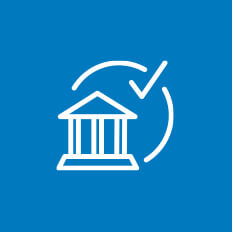Strategies range from standardized canned solutions to highly-personalized investment strategies, depending on the asset manager and mandate. The vast majority of asset management services from Swiss retail banks use standardized investment strategies. Some provide a certain amount of customization. Personalized strategies are generally only offered to high net worth individuals who place very large amounts of assets under management.
Most Swiss asset management services offer multiple investment strategies, which generally represent different levels of investment risk. The rule of thumb is: the higher the stock component, the higher the risk associated with the investment strategy. The flat fees charged by asset managers are generally higher for investment strategies with high stock components.
The investment profiles in the asset management comparison follow the same logic. You can choose to compare asset management services based on these general investment strategies:
- Minimal risk (0% stock component)
- Low risk (10-15% stock component)
- Limited risk (25-40% stock component)
- Balanced risk (40-60% stock component)
- Substantial risk (60-80% stock component)
- High risk (80-100% stock component)
Important: Risk, as used in relation to stock components, primarily denotes risk of short-term losses in your portfolio’s value. Historically, broadly diversified stock portfolios have performed well over the long term. But it can take many years for stock portfolios to recover from major dips and return to positive performance.
In other words, the higher the short-term risk, the longer the investment term has to be in order to minimize long-term risk.
You can find detailed information about comparison risk profiles here.












